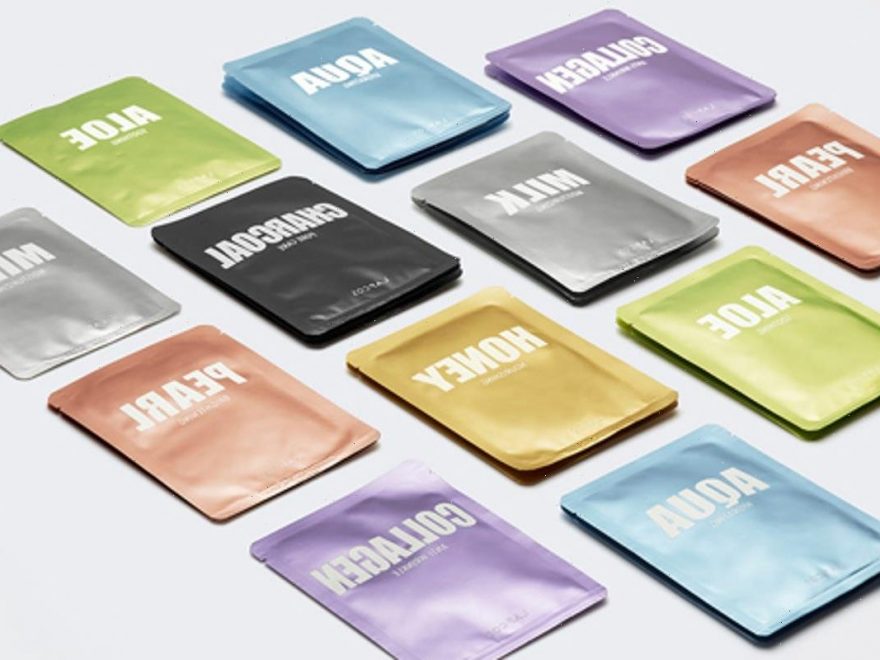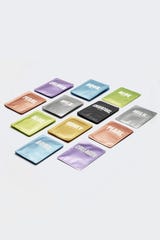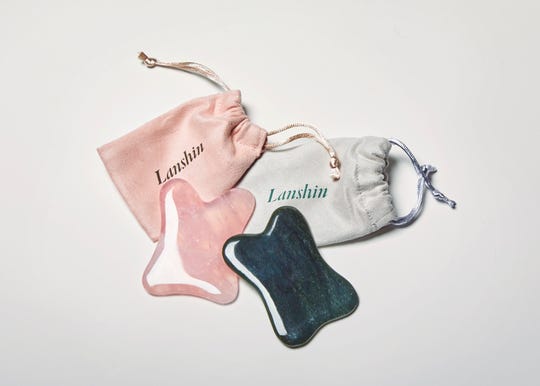LAPCOS sheet masks (Photo: Courtesy of LAPCOS)
YouTube is full of videos promoting 10-step skincare routines, and supermarkets are stocked with serum-soaked sheet masks — all while gua sha results go viral on TikTok. But do you know the origins of these products and practices? Maybe not. And that’s a problem.
As beauty routines like these surge in popularity in the U.S., their rich Asian history often gets erased or the products are whitewashed, which is harmful to the communities who created them.
Charlotte Cho, co-founder of Soko Glam, a company that specializes in Korean beauty products from sheet masks to cleansing balms, has been helping to introduce Korean beauty to the U.S. for almost nine years.
“As time goes on, I think people are forgetting that these innovations are coming from Korea,” she says. “A lot of the Western and American brands are adopting these ingredients and products into their own product line, but oftentimes the way in which they introduce a product doesn’t shed light on the origin story of the innovation that they adopted from.”
It’s important to not only understand but to celebrate the origins of Asian beauty tools, says Lin Chen, CEO and founder of Pink Moon, which sells gua sha tools, a Traditional Chinese Medicine-rooted practice, as well as other wellness products.
“These products and practices are actually manifestations of diverse Asian cultures,” she adds. “Our voices have long been marginalized in the mainstream beauty industry, and it is essential that our largely growing contributions be recognized for both their historical and contemporary significance.”
Erasure is ‘hurtful,’ ‘frustrating’
Not highlighting or respecting the origins of Asian beauty innovations is “hurtful,” Chen says.
“Gua Sha as a practice is thousands of years old and was used to promote healing in the body. To see it discussed as ‘Asian botox’ is disconcerting and disappointing,” she says. “Seeing brands cheapen the legacy of something that has been a mainstay of Traditional Chinese Medicine (TCM) for millennia is frustrating.”
Sandra Lanshin Chiu, a licensed acupuncturist who founded the healing studio Lanshin, says not giving proper credit is also offensive.
“It offends me when brands profit from ingredients or traditions like gua sha without deep reverence for the culture and respect for Asian people who have been carrying the traditions for generations and centuries,” Chiu says. “It would mean a lot to the community to see our culture properly represented and our traditions communicated as intended.”
Angela Chau Gray, co-founder of skincare line Yina, says not sharing the origins stories of Asian products “marginalizes a huge population.”
What is gua sha? Everything you need to know
Chiu says people are “erasing Asian culture” by whitewashing some of these practices.
“It’s easy to call something a ‘trend’ and offer it in a watered down way that’s disconnected from the more complex – and rewarding – aspects of the tradition,” she says, explaining that misinformation risks degrading a practice’s efficacy.
Gua sha tools from Lanshin. (Photo: Courtesy of Lanshin)
“When brands and influencers make claims and provide uninformed support, it inevitably leads to disappointed consumers who question the credibility of TCM,” she added.
That’s why learning from people who understand the background and best techniques for a product is important
Jennifer Lee, vice president and co-founder of K-Beauty brand LAPCOS, said she saw this happen when educating people about sheet masks.
“People would use it and then wipe everything off, and I was like, ‘No, no, don’t do that,’ you want to let it soak in,” she explained.
Not getting proper guidance can sometimes cause more harm than good. Such is the case with ingesting TCM herbs without guidance from a licensed practitioner, Gray warns.
“I’ve cringed at the reishi and astragalus powders being dumped into smoothies and coffee,” she explains. “This is not how these herbs were meant to be used.
Balancing accessibility and respect
While Cho is “really excited” to see Korean beauty part of the mainstream and is “very hopeful for the future,” she says brands can be more mindful.
“It’s not about shaming companies or brands, I think it’s just about sharing this information,” she says. “There’s nothing wrong with using ingredients that are traditionally from different cultures… The intent is show respect for all of these traditions, don’t pass them off as your own.”
Chiu says “it’s critical” for brands and individuals profiting from Asian heritage practices or products to actively share and educate consumers about the origins.
“Otherwise, it simply erases the culture,” she says.
Cho also thinks it’s a “win-win” for brands and consumers to be more transparent because “customers actually love hearing the origin stories.”
For example, people may not know that cushion compacts used for foundation were inspired by the Korean tradition of stamping official documents with red ink and a jade stamp.
View this post on Instagram
A post shared by EM Cosmetics (@emcosmetics)
“This innovation is trending outside of Korea now, because it is such an easy seamless way to apply foundation,” Cho explained.
The popular pimple patches seen on the market today, which use hydrocolloid to help clean out impurities and heal acne, also have roots in Korea.
“It’s not like Koreans invented hydrocolloid, (but) they were smart enough to tackle acne as a wound,” Cho says.
Lee thinks bringing “any type of accessibility of skincare to the world is beneficial for everyone.”
Two-toned lips for summer? How to create a perfect ombré lip (because TikTok made us do it)
Consumers can also do their part, Lee says, by purchasing from Asian-owned brands.
“Seoul is one of the capitals of the beauty world and Koreans know what they’re doing,” she laughed.
Chiu says consumers looking to learn about a TCM practice like gua sha should also “turn to the people who grew up with it and understand it on a deeper level.”
Source: Read Full Article


